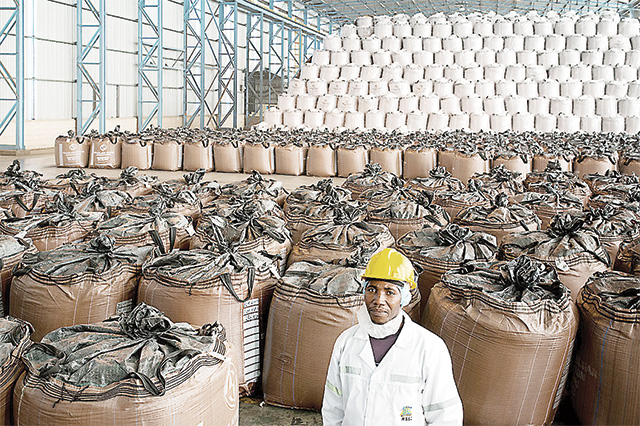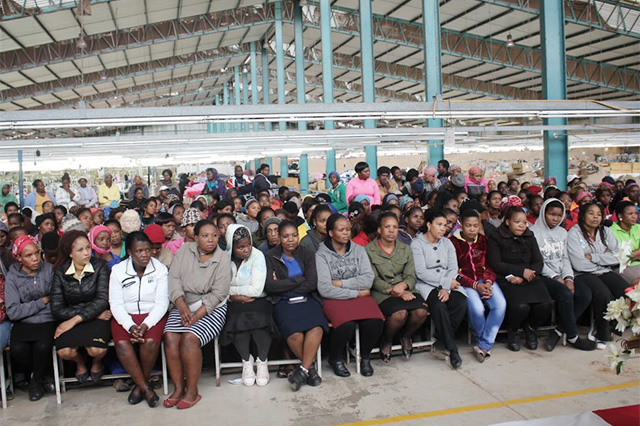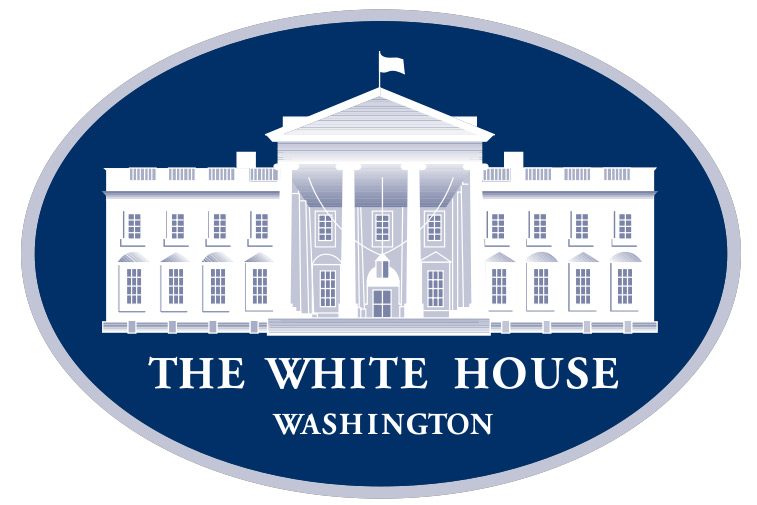Time for Eswatini's entrepreneurs to seize AGOA opportunities
The time has come for young emaSwati entrepreneurs to seize opportunities to manufacture basic every day consumer products for export to the US under the African Growth and Opportunity Act (AGOA).
The main drive is to get emaSwati to manufacture products locally, sell locally, regionally and internationally using the various initiatives made available by government.
Eswatini’s economy is at a crossroads. While the country boasts a strong manufacturing sector, diversification and export growth are crucial for sustainable development.
AGOA presents a unique opportunity for Eswatini’s small and medium-sized enterprises (SMEs) to tap into the vast US market for manufactured goods.
I have asked Allan-Lloyd Junior Hamusokwe, Head Researcher at the Youth Chamber of Commerce and Industries (YCCIE) - Eswatini, to delve into the potential of AGOA for Eswatini’s SMEs, introduce the YCCIE 2024 SME Start-Up Tool Kit, and emphasise the importance of value chain development for risk reduction, profit maximisation and sustainable success.
This article has been presented by him to try and give us as much information as possible on this topic.
Manufactured goods landscape
Eswatini’s manufacturing sector significantly contributes to the economy, accounting for around 30 per cent of GDP and employing over 20 per cent of the workforce. The sector is dominated by textiles and apparel, with exports exceeding US$1 billion annually. However, diversification is essential for long-term growth.
Current exports and AGOA’s potential
Eswatini’s current manufactured goods exports to the US under AGOA primarily comprise: Textiles and apparel: Cotton yarn, fabric and finished garments benefit from duty-free access under AGOA. [ AGOA.info note: Click on the table link in the Eswatini section for a breakdown of exports under AGOA]
* Wood and wood products: Furniture, doors and processed wood products offer export potential.
* Agro-processed products: Canned fruits, jams and beverages present opportunities for value-added exports.AGOA opens doors for further diversification:* Metal products: The National Development Plan (NDP) envisions expansion beyond mining, with potential for steel fabrication, wire products and light engineering.
* Electronics and light assembly: Government seeks to attract foreign direct investment in electronics manufacturing, creating opportunities for SMEs in light assembly.
* Plastics: Existing plastic injection molding and extrusion plants can expand production for export.
* Advanced textiles: Technical textiles and non-woven fabrics hold promise, as highlighted in the NDP.
Manufactured goods exports statistics
The International Trade Centre (ITC) reports that Eswatini’s exports of manufactured goods to the US under AGOA reached US$137 million in 2021 [ AGOA.info note: According to the ITC, Eswatini's exports to the US in 2021 were valued at $18m, with the majority comprising sugar - while apparel exports accounted for a relatively small share of the total. For a breakdown of sectoral exports to the US, see the table here], with textiles and apparel accounted for the majority.
However, the growth potential is significant. The AGOA market for apparel alone is estimated at US$19.6 billion, with opportunities in other sectors like furniture, plastics and machinery. The country can effectively use light manufacturing to create jobs for the youth, earn foreign currency and create wealth for many young emaSwati who will choose to start these businesses.
Empowering entrepreneurs
Recognising the challenges aspiring SMEs face, the YCCIE has developed the 2024 SME Start-Up Tool Kit. This comprehensive guide provides:
* Market research and feasibility analysis tools to identify viable opportunities in the US market under AGOA.
* Information on AGOA eligibility requirements and compliance procedures to navigate the trade agreement effectively.
* Guidance on value chain development to build strategic partnerships and reduce risks.
* Financial planning and resource mobilisation strategies to secure funding for business ventures.
* Mentorship and networking opportunities to connect with experienced entrepreneurs and industry experts.
Importance of value chain development for SMEs
Understanding and integrating into value chains is crucial for SME success in the export market. Value chain development involves:
* Identifying your niche within the manufacturing process (eg supplying raw materials, processing intermediate goods or assembling final products).
* Building strong relationships with other actors in the chain (eg suppliers, distributors and customers).
* Investing in quality control and certification to meet US standards.
* Continuously innovating and adapting to market trends and customer demands.
By adopting a value chain approach, SMEs can:
* Reduce risks by mitigating dependence on single buyers or suppliers.
* Increase profits by capturing a larger share of the value added in the production process.
* Improve efficiency through collaboration and knowledge sharing.
* Enhance sustainability by adopting responsible sourcing and production practices.
Conclusion
Eswatini’s SMEs have the potential to be major players in the export of manufactured goods to the US under AGOA. By leveraging the YCCIE 2024 SME Start-Up Tool Kit, understanding the importance of value chain development and capitalising on the opportunities presented by AGOA, Eswatini’s SMEs can contribute significantly to economic growth, job creation and sustainable development.
The focus has been on AGOA for this article because it is an opportunity that emaSwati are not taking full advantage of. The reason might have been that they simply do not know much about the initiative, or they know but do not know how it can be accessed.
The general feeling has been that AGOA is for big businesses and that access is very difficult. We need to have more information on how an ordinary liSwati can manufacture for international markets such as AGOA because the aim was to help ordinary Africans.












